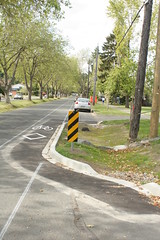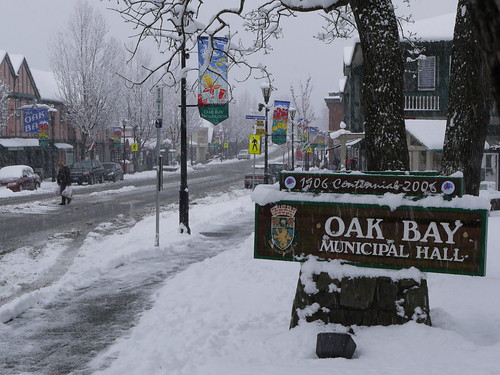Two interesting quotes from this excellent article about urban suburbanites in Metro Vancouver from the Globe and Mail.
The first pisses me off:
They want to know, if the Evergreen line comes here, what will I do about the problems that come with it, like crime. They are asking about homelessness and social housing,” says Conservative MP James Moore, first elected in Port Moody-Westwood-Coquitlam in 2000
Public transportation brings crime (and is crime-filled) in one of the biggest media-created piles of crap in recent memory. Observe recent efforts such as the “bus” streaker or the victims that happen to be shot while on/near/by the Sky Train. Of course a Conservative MP would spout the line again, but I really doubt the urban suburbanites described in the story actually describe this as their biggest concern with the Evergreen Line; most probably just want to know when it is going to get built.
More revealing is this quote from the pollster near the end:
“What I run into is people who are exhausted. They don’t get enough down time or sleep time. They’re driven to the suburbs in the first place because they think it’s more affordable and they don’t realize the time and driving it’s going to cost them,” says Mr. Lyle. “They have no time to watch The National or read a newspaper. So when they do hear about an issue, they’re angry. They become populists.”
This isn’t exactly news, but it is interesting to see it stated in this way. After all, all those urban hipsters with their smart phones riding the bus/rail are can read the news a lot better than some poor shmuck driving hours to and from work each day.
Anyway, read the whole story. From my perspective the change bodes well for our future. Less big-C conservatives and more NDP/Liberal/Green voters only means a better Canada.

